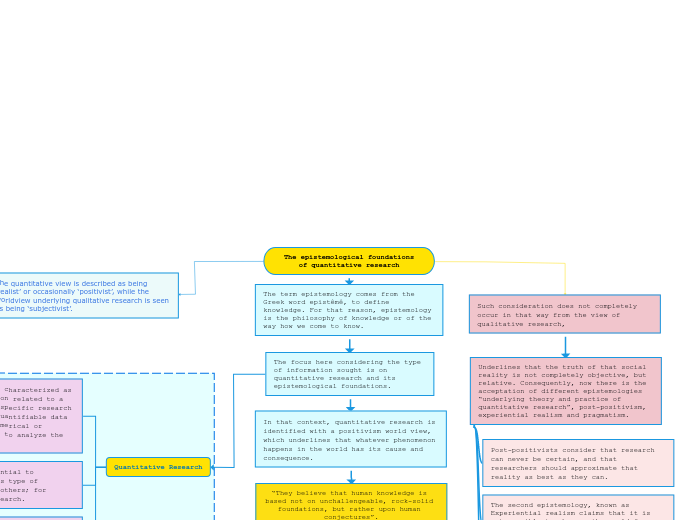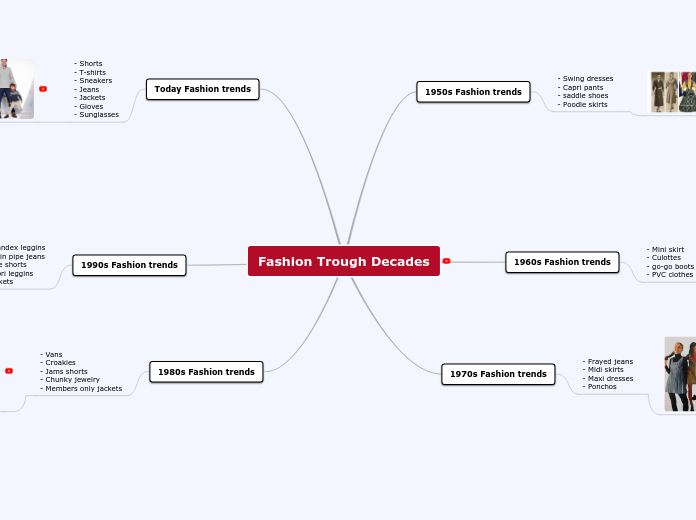arabera B L 10 years ago
305
LRNT 502 Cultures of Inquiry Reflection (assignment #1)
Quantitative and behavioural inquiry in social research aims to be objective by maintaining an impersonal relationship between the researcher and subjects. This methodology emphasizes measurable, salient features and assumes that discovered trends can be generalized to other groups.









